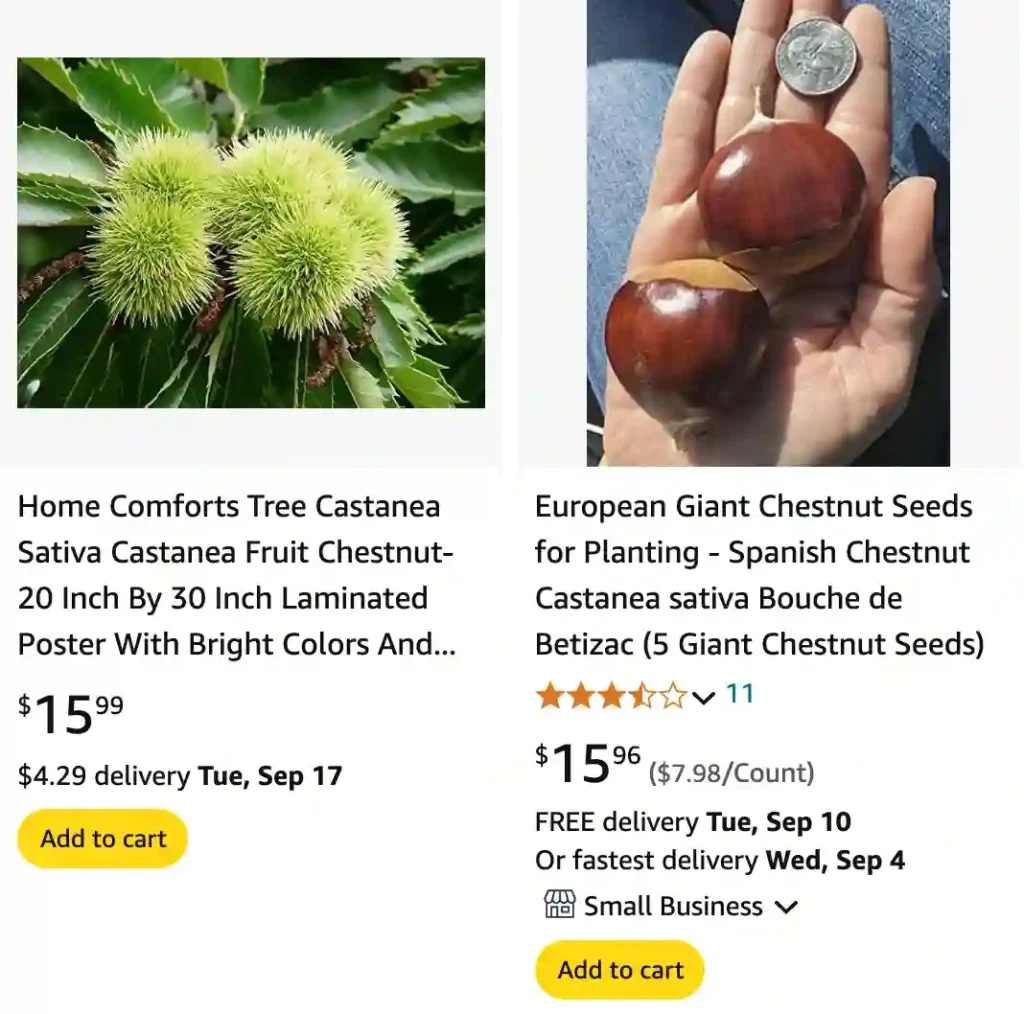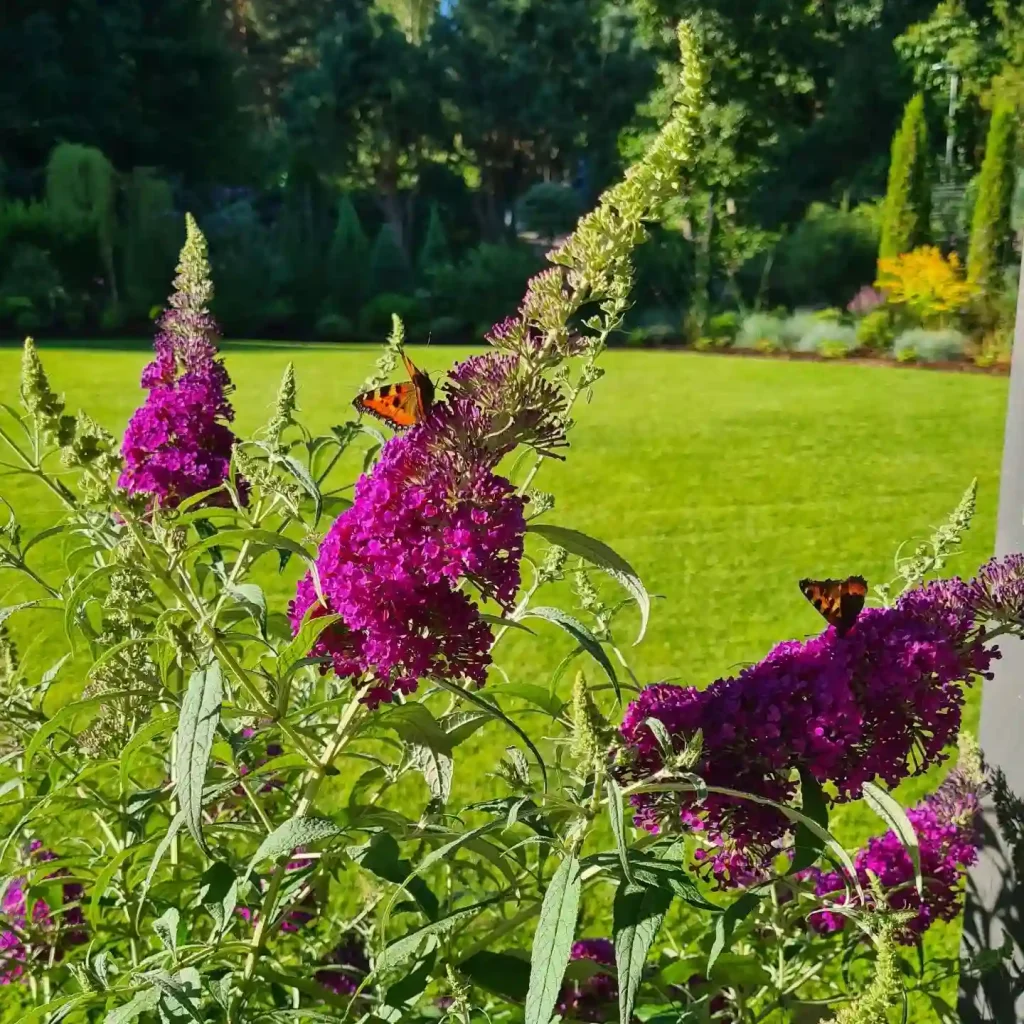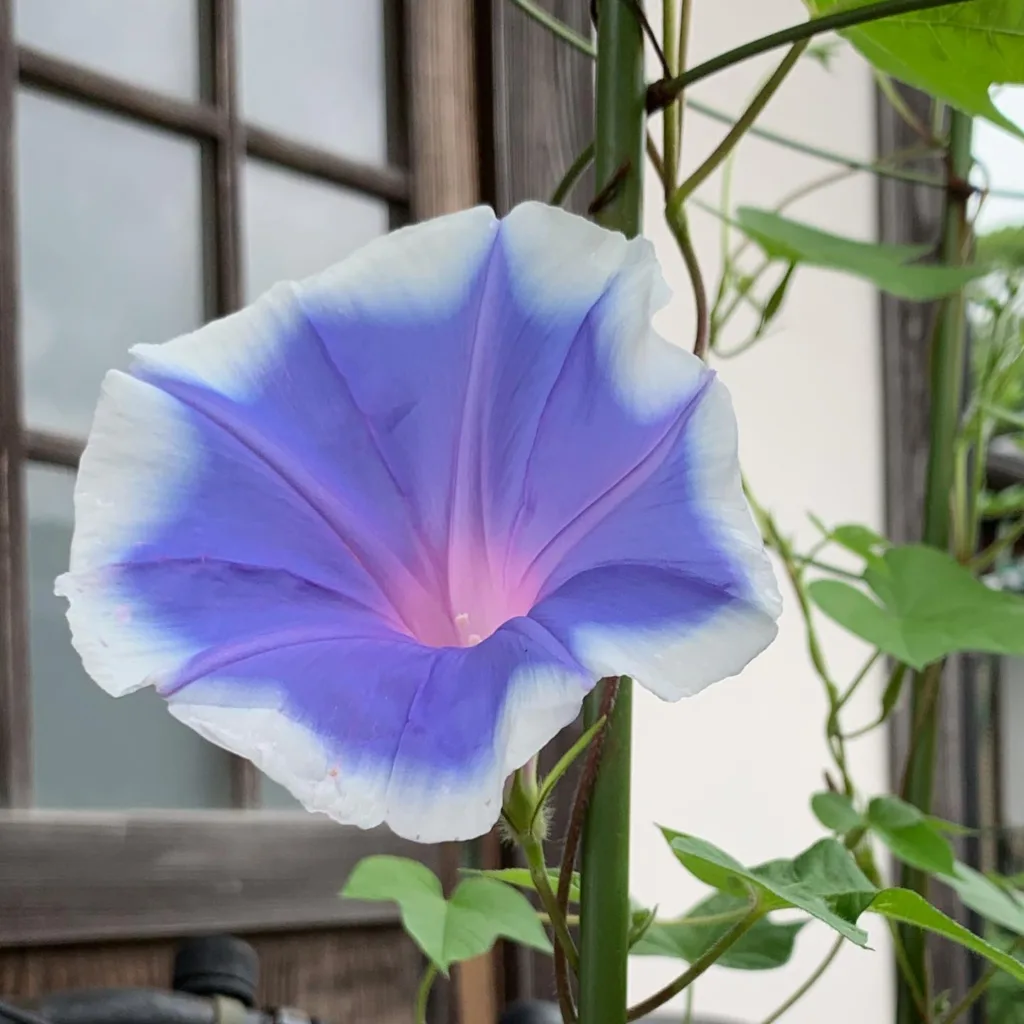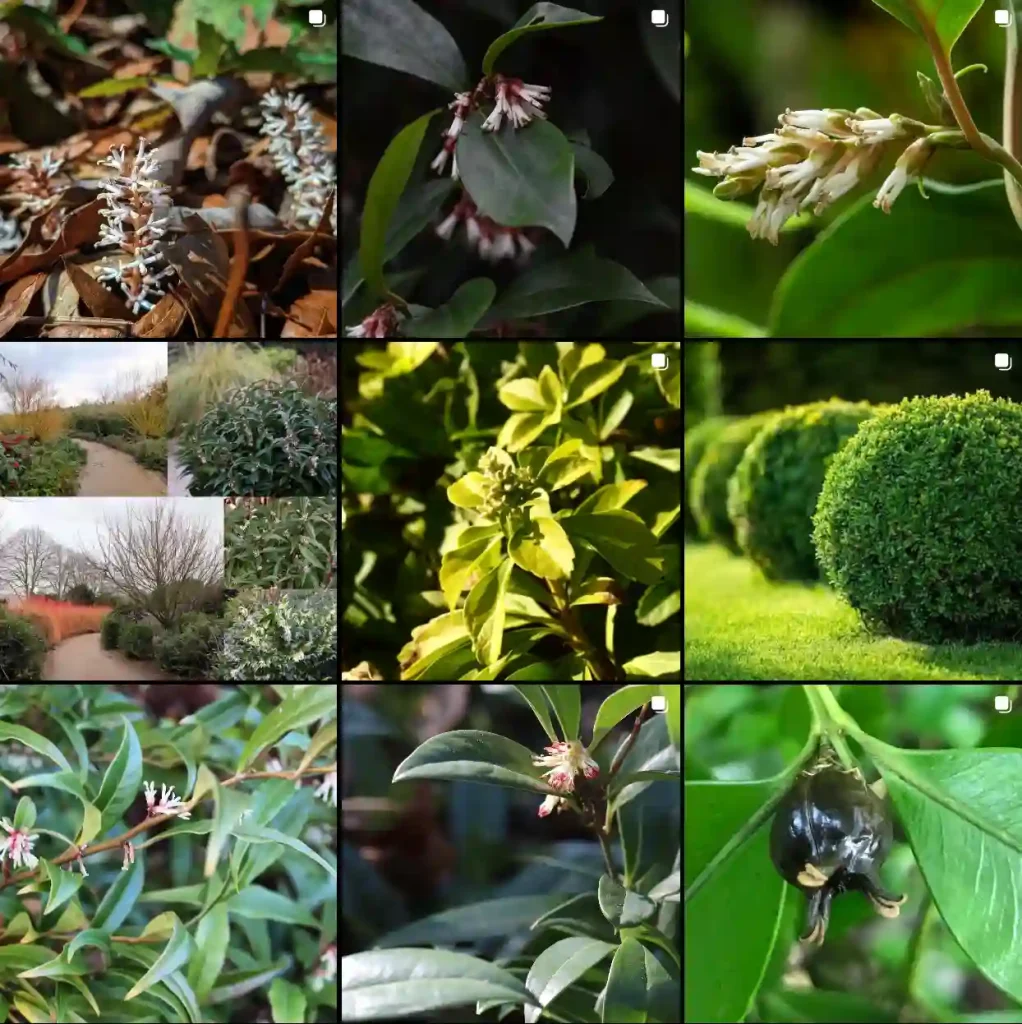
FAQs About Castanea Sativa
I’ve always been fascinated by the Castanea Sativa, commonly known as the Sweet Chestnut. Its rich history, versatility, and impressive size make it a standout choice for many gardeners. Here’s a comprehensive guide to some of the most frequently asked questions about this remarkable tree.
10 Species in Genus Castanea
What Is Castanea Sativa?
Castanea Sativa, or Sweet Chestnut, is a deciduous tree native to Europe and Asia. It’s renowned for its edible nuts, which are a staple in many cuisines. The tree can grow up to 100 feet tall, with a broad, spreading canopy. It produces large, spiky burrs containing the chestnuts, which are harvested in the fall. The wood is also valued for its durability and is used in furniture making and construction.
How to Care for Castanea Sativa?
Caring for Castanea Sativa involves several key practices. First, choose a sunny location with well-drained soil. This tree thrives in soil with a pH between 5.5 and 6.5. Regular watering is essential, especially during dry periods, but avoid waterlogging. Mulching around the base can help retain moisture and regulate soil temperature. Pruning should be done in the winter to remove any dead or diseased branches and to shape the tree.
How to Propagate Castanea Sativa?
Propagating Castanea Sativa can be done through seed sowing or grafting. To start from seeds, collect ripe chestnuts in the fall and store them in a cool, dry place until spring. Soak the seeds in water for 24 hours before planting. Sow the seeds in a seed tray or directly in the ground, covering them lightly with soil. For grafting, choose a healthy rootstock and graft a scion from a mature Sweet Chestnut tree. This method can be more reliable than seeds, particularly in less-than-ideal growing conditions.
What to Plant With Castanea Sativa?
When planting Castanea Sativa, consider companion plants that complement its growth and enhance the garden’s ecosystem. Plants like hazelnuts, oaks, or maples can coexist well with Sweet Chestnuts. Additionally, ground covers such as clover or creeping thyme can help suppress weeds and improve soil health. Be cautious with other trees that may compete for nutrients and space.
Can You Grow Castanea Sativa Indoors?
Growing Castanea Sativa indoors is challenging due to its size and specific light and space requirements. While young trees might tolerate indoor conditions for a short period, they ultimately require ample space and sunlight to thrive. If you’re set on growing Sweet Chestnuts indoors, consider a dwarf variety and ensure that it receives adequate light and ventilation.
Is Castanea Sativa Toxic?
Castanea Sativa is not toxic to humans or pets. The nuts are edible and are enjoyed in various culinary applications, from roasted snacks to ingredient in pastries. However, the tree’s leaves and bark are not typically consumed and can cause mild digestive discomfort if ingested in large amounts. Always exercise caution and keep the tree’s non-edible parts away from small children and pets.
Can Castanea Sativa Be Grown in San Antonio, Texas?
San Antonio’s climate can be challenging for many plants, but Castanea Sativa is a hardy species. While the tree prefers a temperate climate with cooler winters, it can adapt to the warmer conditions of San Antonio with proper care. The key is to provide it with adequate water and ensure that the soil is well-drained and slightly acidic. If you’re willing to invest in the right conditions, you might find success growing Sweet Chestnut in this region.
Benefits of Castanea Sativa
The Sweet Chestnut offers numerous benefits. Its nuts are rich in vitamins and minerals, including vitamin C, potassium, and fiber. They are a nutritious addition to a balanced diet and can be used in a variety of dishes. The tree itself provides excellent shade and can enhance the aesthetic appeal of a garden with its grand stature and beautiful foliage. Additionally, the wood is highly prized for its durability and resistance to rot, making it a valuable material for construction and furniture.
Common Problems with Castanea Sativa
Like any plant, Castanea Sativa is susceptible to a few issues. Common problems include chestnut blight, a fungal disease that can damage or kill the tree if not managed properly. To prevent blight, choose disease-resistant varieties and maintain good garden hygiene. Additionally, pests such as chestnut weevils can infest the nuts, so monitoring and appropriate treatment are necessary.
Compare with Other Similar Trees
When comparing Castanea Sativa with other nut trees like the American Chestnut or the Hazelnut, it’s important to consider their specific needs and characteristics. American Chestnuts are similar but are often less tolerant of warmer climates, making them less suited for San Antonio. Hazelnuts, on the other hand, are smaller and more adaptable to various climates but produce smaller nuts.
In summary, Castanea Sativa is a versatile and valuable tree with specific needs that can be met with careful planning and attention. Whether you’re considering it for its edible nuts, its impressive size, or its valuable wood, understanding its requirements and benefits will help you successfully incorporate it into your garden.
If i die, water my plants!



